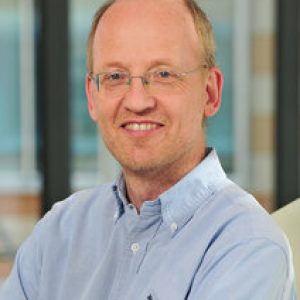Associate Member Johannes Schneider
Dr. Johannes Schneider
Group leader of “Aerosol and Cloud Chemistry”
Max-Planck-Institut für Chemie
(Otto-Hahn-Institut)
Hahn-Meitner-Weg 1
55128 Mainz
email: johannes.schneider[at]mpic.de
Web: https://www.mpic.de/4493610/johannes-schneider
- Atmospheric aerosol
- aerosol composition
- aerosol-cloud interactions
- Aerosol mass spectrometry
- field measurements
- aircraft-born research
- single particle analysis
- 2011 Habilitation in Meteorology, Johannes Gutenberg University Mainz
- since 2001 Research scientist at the Max Planck Institute for Chemistry, Particle Chemistry Department (S. Borrmann), Mainz, Germany. Leader of the research group “Aerosol and Cloud Chemistry”.
- 1998 – 2001 Post-Doc at the Leibniz Institute for Atmospheric Physics, Department “Optical Soundings”, Kühlungsborn, Germany
- 1998 – 1998 Post-Doc at the Max Planck Institute for Nuclear Physics, Atmospheric Physics Division (Research Group of F. Arnold), Heidelberg, Germany
- 1997 Ph.D. in physics
- 1994 – 1997 Ph.D. student at the Max Planck Institute for Nuclear Physics, Atmospheric Physics Division (Research Group of F. Arnold), Heidelberg, Germany
- 1994 Masters degree (“Diplom”) in physics
- 1988 – 1994 Study of physics: Technical University Braunschweig, Germany (1988 – 1991), Ruprecht Karl University Heidelberg, Germany (1991 – 1994)

The research group of Dr. Johannes Schneider (Max Planck Institute for Chemistry, Mainz) conducted in–situ composition measurements of aerosol particles and cloud residuals during the ACLOUD field campaign in May–June 2017. A single–particle laser ablation mass spectrometer was deployed on Polar 6 and connected to (a) the aerosol inlet for aerosol measurements, and (b) to a Counterlow Virtual Impactor (CVI) for cloud residuals. The results showed an enhanced abundance of particles from marine biogenic origin (Amines) in cloud residuals. For phase II of (AC)³ the group plans to contribute with aerosol and cloud residual measurements during the two MOSAiC airborne studies, scheduled for March/April 2020 and August/September 2020. Main scientific objectives are to understand the role of central–Arctic aerosol sources as well as the contribution of long–range transport to the Arctic aerosol and the influence of aerosol particles from various sources on Arctic cloud formation.
